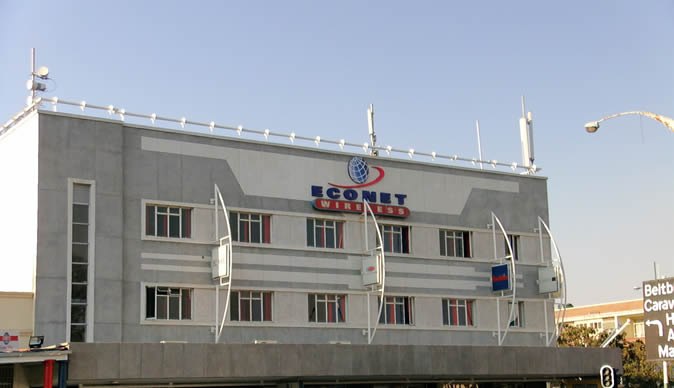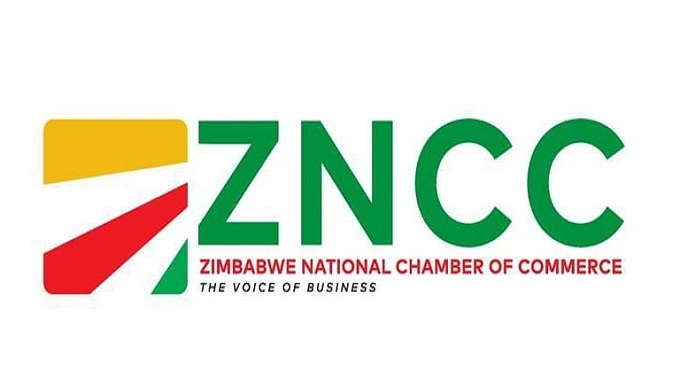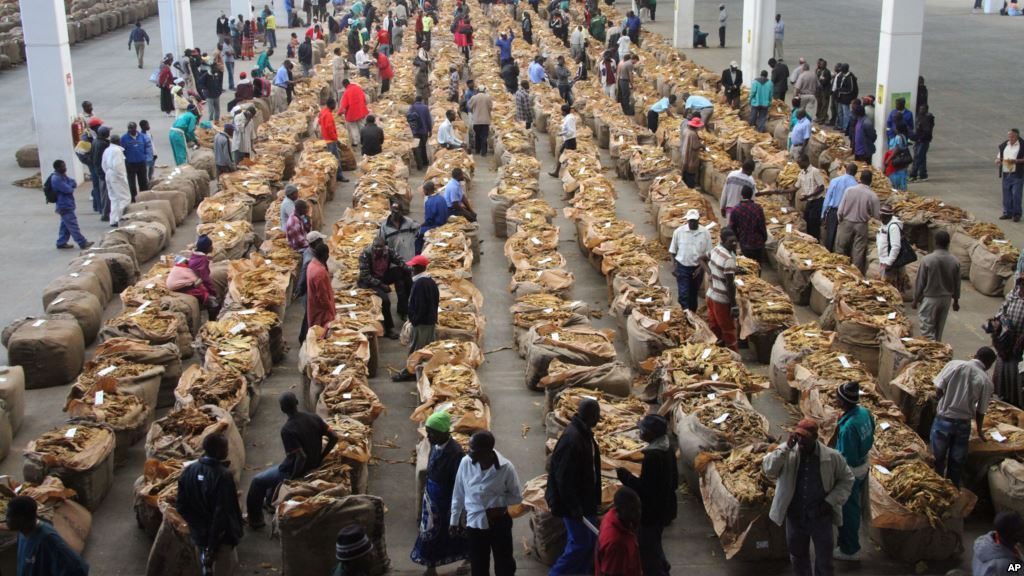Simbisa Q3 F25: Tactical adjustments, measured progress
HARARE – When Simbisa Brands published its 2024 annual report, it was clear that the group was at a strategic crossroads. The company—Zimbabwe’s flagship quick service restaurant (QSR) operator and a growing regional powerhouse—entered F25 facing multiple structural and macroeconomic headwinds. While the group delivered 6% revenue growth in F24, this was underscored by a less encouraging 4% decline in operating profit and a 21% drop in profit before tax, largely due to once-off gains from the prior year and rising depreciation costs following asset revaluations.
The 2024 report highlighted several red flags:
Currency fragility, especially in Zimbabwe, where the ZIG transition disrupted Q4 volumes.
Supply chain vulnerabilities, worsened by El Niño-induced droughts and imported inflation.
Margin compression, notably from increased input costs (maize, soya, and potatoes) and higher depreciation expenses.
Volatile regional conditions, especially in Kenya, which experienced flooding, tax protests, and currency swings.
Despite these headwinds, the group projected optimism, announcing an ambitious US$17.8 million investment plan to open and revamp a combined 72 stores in FY2025. But how well is that strategy playing out?
Fast forward to the Q3 F25 trading update, and Simbisa’s resilience is evident—but so is the tightrope it walks.
On one hand, group revenue rose 4% year-on-year in the third quarter, driven by a 7% increase in real average spend, though this was partially offset by a 3% decline in customer count. This pattern reveals a delicate balancing act: preserving profitability through pricing in the face of weakening consumer demand.
In Zimbabwe, revenue in Q3 grew by just 1% YoY, with flat customer volumes. Promotional campaigns and value-based offerings kept the top line stable, but inflation, increased fuel costs, and the doubling of IMTT to 2% continued to erode margins. Encouragingly, seven outlets were refurbished and two new ones opened, reflecting a gradual but visible transformation effort.
Kenya told a contrasting story—13% revenue growth in Q3 on the back of a staggering 25% rise in real average spend, yet a 10% drop in customer footfall signaled deeper affordability challenges in that market.
Simbisa’s ambitious expansion drive, including a target of 53 new outlets and 56 refurbishments in F26, reflects confidence in the long-term fundamentals of the regional QSR industry. However, in a market where inflation is eroding real incomes and customer volumes are shrinking, the group’s growth strategy must be viewed through a more nuanced lens.
The decision to moderate the pace of new store openings while prioritising refurbishments is both a tactical and strategic pivot. It suggests recognition that scaling in volume alone is no longer sufficient; enhancing customer experience, modernising outlets, and optimising operational efficiency have become the new levers of growth.
What Simbisa is contending with is a regional reality: the African QSR market, while expanding, is deeply segmented and highly sensitive to pricing. Informal food vendors, rising competition from new franchises, and shifting consumer behaviour due to economic pressures all challenge the sustainability of aggressive physical expansion.
In this context, Simbisa’s expansion must walk the line between relevance and resilience. Opening more stores in an environment where average basket sizes are shrinking might dilute overall returns. At the same time, investment in refurbishments, ERP systems, and sustainability efforts (such as solar hybrid systems and eco-friendly packaging) positions the company well for long-term competitiveness.
At its core, the QSR model thrives on volume efficiency and high asset utilisation. Yet in Zimbabwe and Kenya—Simbisa’s key markets—real wages are stagnant or declining, reducing the size of the accessible market. This has led Simbisa to shift toward a pricing strategy centred on promotions and value meals, which while effective in the short term, compresses margins and can habituate consumers to discounts.
Meanwhile, rising input costs and tax burdens (such as Zimbabwe’s fast food tax and higher IMTT) challenge the bottom line. The key to balancing profitability with expansion lies in cost discipline—through better procurement, local sourcing within COMESA, digital transformation, and energy efficiency.
Simbisa’s ability to convert 112% of operating profit into cash in FY2024 shows commendable cash flow management. However, whether this operational efficiency can be maintained as store count rises and economic pressures persist remains to be seen.
In a fragmented African QSR space, Simbisa’s vertically integrated model provides an edge. The group owns its supply chain nodes—from bakeries to logistics—allowing for greater control over quality and cost. Its diversified brand portfolio (Chicken Inn, Pizza Inn,Creamy Inn, etc.) caters to multiple income brackets, providing some insulation against demand shocks in specific categories.
Moreover, digital delivery platforms such as Dial-a-Delivery enhance revenue streams and customer convenience—an important feature in urban markets where mobility is a constraint. These strategic assets strengthen Simbisa’s ability to weather volatility.
Simbisa Brands remains one of the few Zimbabwean-listed firms with a credible regional footprint and a replicable growth model. But as the Q3 F25 results show, growth in today’s economic climate must be lean, smart, and strategically layered.
For Simbisa, the battle is not just for market share, but for relevance in a market where affordability, experience, and adaptability now define value. As it moves into F26, the group must prove that it can scale sustainably without eroding the core profitability that underpins long-term investor confidence.
In a region defined by volatility, agility may matter more than ambition.
-finx










